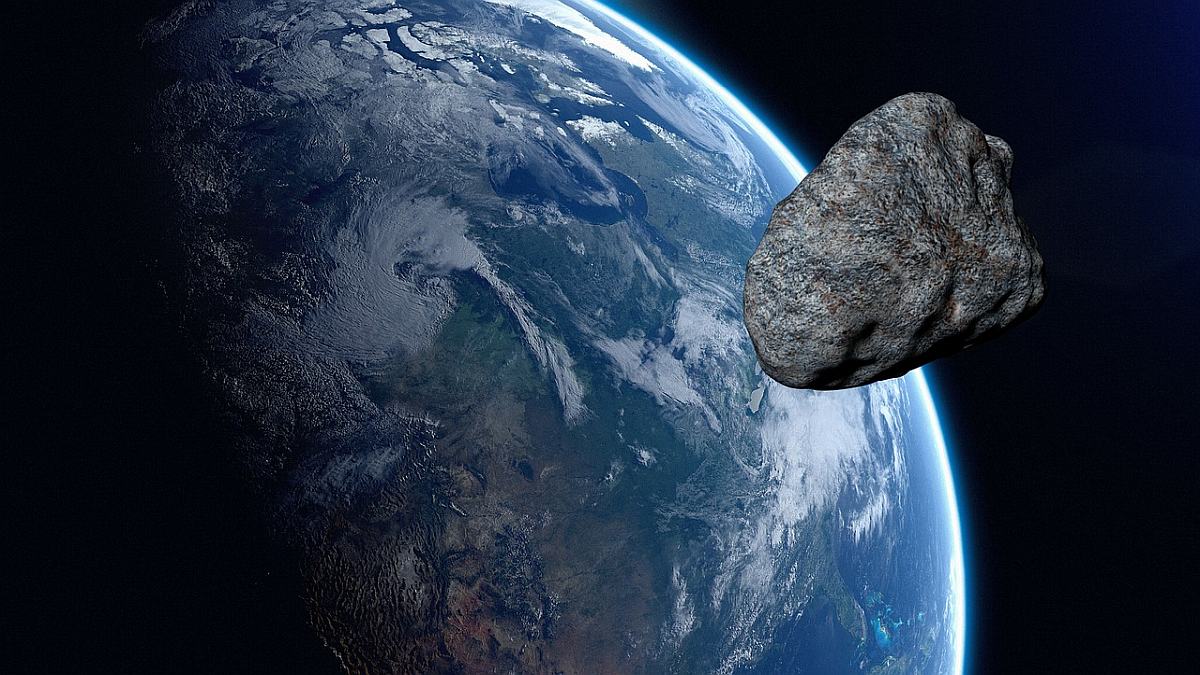An asteroid is a relatively small chunk of rocky minerals that orbits the Sun. When they swing by Earth, they are described as Near Earth Asteroids. Most of these rocky objects can be found orbiting in the asteroid belt between Mars and Jupiter. But nearly 1,400 of these have been classified as potentially hazardous to Earth, which means their orbit and size pose a reasonable threat to our safety. Most of the asteroids that enter the Earth’s atmosphere are unable to withstand the heat and burn into a meteorite before hitting the surface. However, some do not vanish completely.
Some 65 million years ago, a large asteroid collided with the Earth and it was the end of the age of dinosaurs. Not just them, it is believed that around 75 percent of animals died out suddenly as a result of the catastrophic event. After realising the threat asteroids pose to our survival, researchers have been trying to study these rocky objects. As per the researchers, finding and tracking asteroids is key to planetary defence against their killer impacts.
Some researchers working closely with the University of Washington have developed a novel algorithm — known as Tracklet-less Heliocentric Orbit Recovery, or THOR — to do this work. Their algorithm has now proved its usefulness, by detecting the first candidate asteroids, which have been confirmed by the International Astronomical Union’s Minor Planet Center.
The Asteroid Institute, a programme of B612 Foundation, has been running THOR on its cloud-based astrodynamics platform ADAM. A comprehensive map of the solar system gives astronomers critical insights both for science and planetary defence.
Unlike current algorithms, THOR does not require the telescope to observe the sky for asteroids to be discoverable, the foundation said.
The researchers hope that the new algorithm will help detect more asteroids hiding in plain sight. “We are using the power of massive computation to enable not only more discoveries from existing telescopes, but also to find and track asteroids in historical images of the sky that had gone previously unnoticed because they were never intended for asteroid searches,” said Asteroid Institute Executive Director Dr. Ed Lu.

